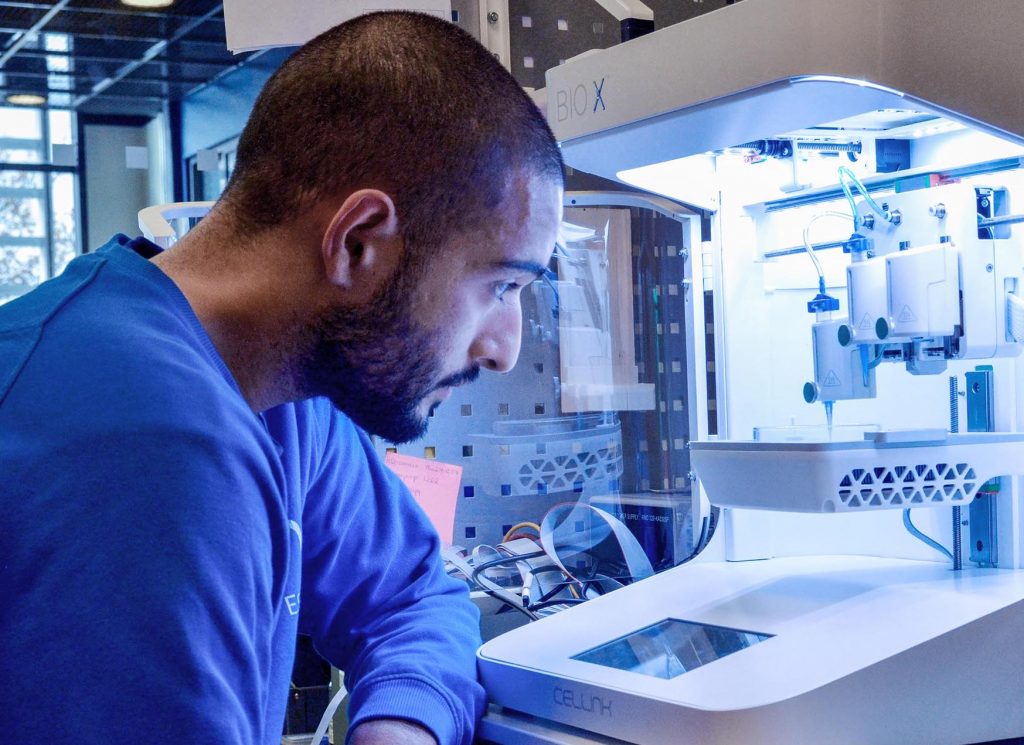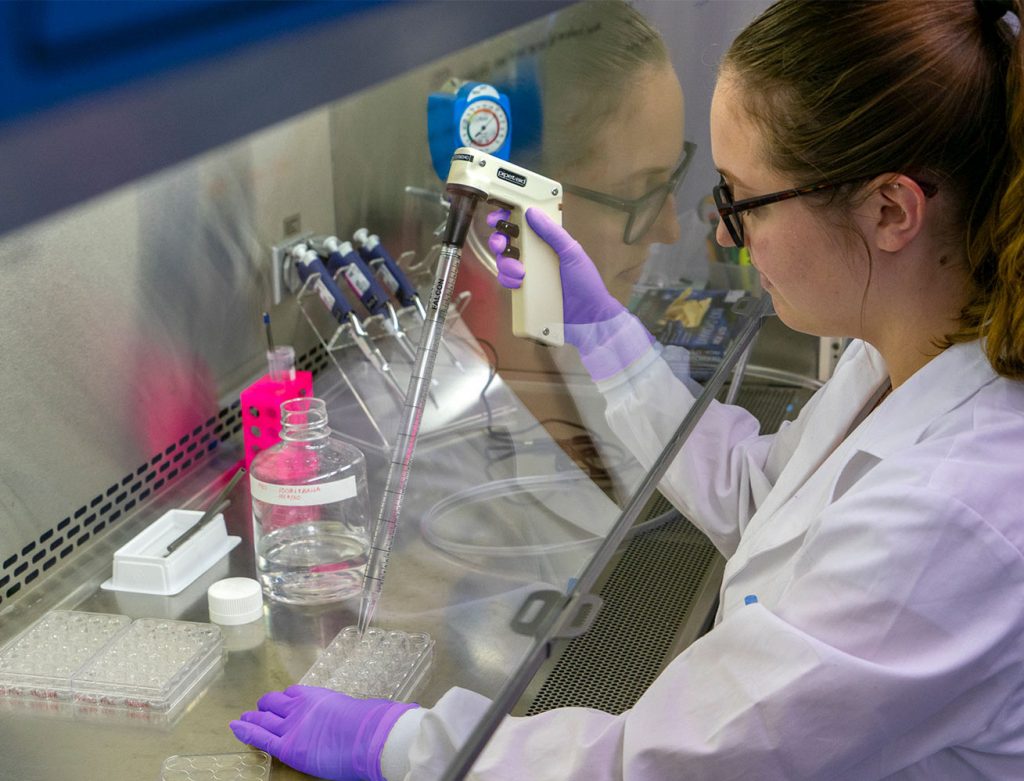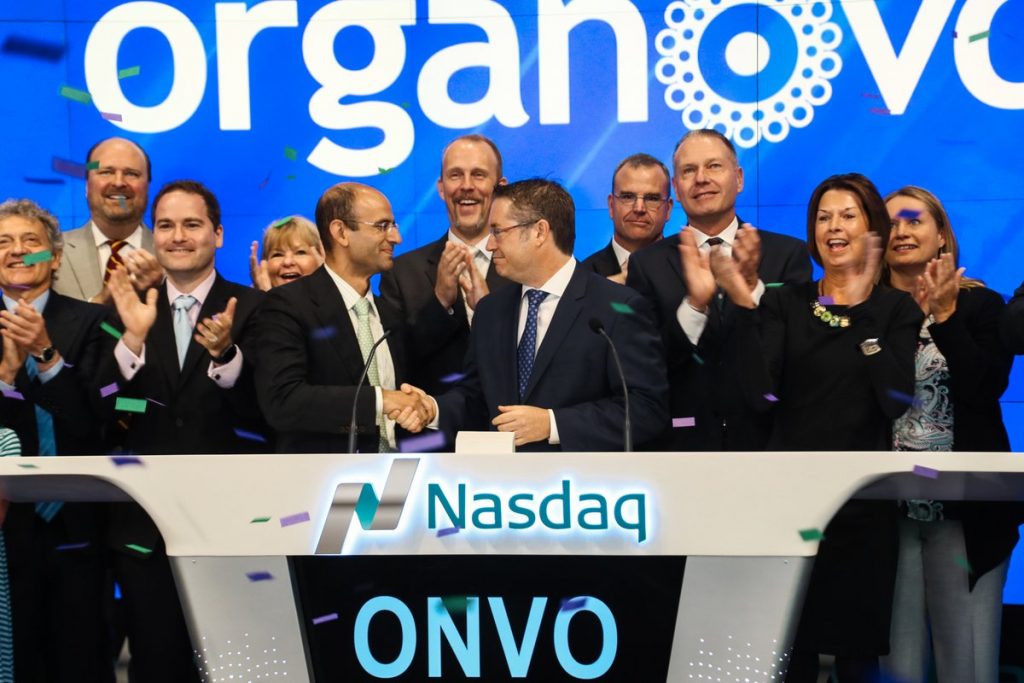Bioconvergence specialist BICO has signed a licensing agreement with 3D bioprinting firm Organovo as a means of ending their long-running legal dispute.
Despite dismissing claims it had contravened Organovo’s patents as “invalid” under its previous guise as CELLINK, BICO has now agreed to license the technologies, in exchange for the legal proceedings being dropped. The move, according to the company, will only serve to fuel its drive to expand upon its product portfolio, and “further empower it to continue to advance” in the 3D bioprinting space.
“This will further enable an even more innovative and ground-breaking commercial agenda, speed up development for our customers, and enhance our market position; resulting in improved profitability in the long run,” explained BICO’s CEO Erik Gatenholm. “Onwards we will focus on strategic sales efforts to gain market share as well as our ambitious agenda for launching new instruments.”

Competing over bioprinting IP
BICO and Organovo’s dispute dates back to at least June 3, 2021, when the former actually filed a patent infringement suit against the latter under case number ‘1:21-cv-00832.’ While these proceedings didn’t become public knowledge for some time, due to a non-disclosure agreement (NDA) between the firms, once published, they made it clear BICO was alleging that five Organovo patents breached its own.
Filed under the legal documents US9149952B2, US9855369B2, US8931880B2, US9227339B2 and US9315043B2, these patents (like many) are broad in scope, and cover everything from multi-nozzle printing setups to tissue engineering methods.
At the time, BICO also alleged that Clemson University’s US7051654B2 patent regarding the “inkjet printing of viable cells,” and University of Missouri’s US9752116B2 filing on “self assembling cell aggregates,” encroached upon its IP, but while neither institution commented publicly on proceedings, Organovo responded with a counterclaim of its own.
In the company’s claim, filed on July 27, 2021 in a federal court in Texas, it sought to challenge perceived infringements on three of its patents, which were reportedly relevant to the BIO X 3D bioprinter. In addition to seeking cash compensation for the patents CELLINK was alleged to have infringed upon, it was said that Organovo requested a court order, which would block any further use of its IP.

From conflict to a commercial deal
According to statements issued by both firms, they’ve now agreed to resolve their dispute via a commercial licensing agreement. Through the deal, all civil actions concerning the validity of Organovo’s patents have been dismissed, with the companies also agreeing to drop any related demands, liabilities, and costs, in favor of finding a “beneficial and sustainable solution” to their legal conflict.
For BICO, this arrangement provides it with access to Organovo’s bioprinting technologies, effectively reinforcing its already-substantial portfolio. In exchange for access, the firm will have to pay around 1-2% of its total revenue for 2022, and while it has deemed this figure to be “non-material for the group,” the capital could prove vital to Organovo.
Following the unveiling of its first 3D bioprinted kidney tissue back in 2015, the company went on to make a series of business and tech advances, taking part in regenerative muscle tissue research, after going public on the NASDAQ exchange.
However, Organovo announced that it had been forced into exploring “strategic alternatives” in 2019, when it discovered that its liver tissue fabrication approach required significant redevelopment, and though it has since made significant efforts to minimize spending and seek funding to develop its technology, it has struggled to attract financing.

During December that year, in an effort to revive its fortunes, the firm’s leadership agreed to merge with Tarveda Therapeutics, but at the time its then-ex-CEO Murphy wrote a letter slamming the move, and it ultimately fell through. In the two years or so since, Organovo has sought to salvage its reputation in the courtroom, winning a case against investor Georgi Dimitrov, yet further funding had eluded it.
With its BICO settlement, however, the company has finally established a fresh source of income. Although this comes as a small percentage of the BICO Group’s overall revenue, it represents a share in the spoils of one of the industry’s leading 3D bioprinting firms. As a result, Organovo’s shares climbed 52.6% to a high of $4.41 after the deal’s announcement, before dipping slightly on March 4, 2022.
“Organovo celebrates the success of CELLINK’s bioprinting product lines in opening up the horizons of 3D bioprinting to customers,” said Keith Murphy, Executive Chairman of Organovo. “We are proud to be a part of enabling CELLINK and BICO to grow these products and we look forward with excitement to their next generation of bioprinters.”
Bioprinting’s commercial potential
As is the case in many emerging fields, 3D bioprinting is awash with novel methodologies, and given their commercial potential, researchers are increasingly moving to patent their work in order to prevent it from being marketed elsewhere. Just last month, Trestle Biotherapeutics gained a license for a Harvard-developed bioprinting approach, said to enable the creation of functional kidney tissues.
Likewise, in January 2022, Israeli firm Matricelf signed an exclusive licensing deal with Tel Aviv University tech transfer company Ramot, for the use of a novel patent-pending 3D bioprinting process. Reportedly, the method, which involves utilizing patient stem cells and extracellular matrices to bioprint implants for regenerating damaged tissues, is undergoing patent approval in Europe and the US.
It’s also not unusual for 3D bioprinting firms to compare notes with one another, and share their research with the aim of developing more viable human tissues. In the past, for instance, both 3D Systems and CELLINK have agreed to partner with CollPlant, as the two companies continue to target regenerative medicine use cases, including those around bioprinting tissues for cancer survivors.
To stay up to date with the latest 3D printing news, don’t forget to subscribe to the 3D Printing Industry newsletter or follow us on Twitter or liking our page on Facebook.
For a deeper dive into additive manufacturing, you can now subscribe to our Youtube channel, featuring discussion, debriefs, and shots of 3D printing in-action.
Are you looking for a job in the additive manufacturing industry? Visit 3D Printing Jobs for a selection of roles in the industry.
Featured image shows a scientist using the BIO X 3D bioprinter. Image via CELLINK.



